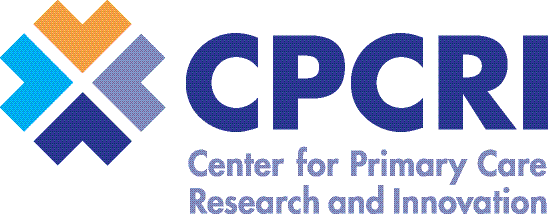This article originally appeared on Community Research Laboratory and is being reprinted with the authors’ permission.
A recent study published in The New England Journal of Medicine that provided findings about the current state of health reform in the United States did not include results from community health centers. This blog post highlights those missing results:
- In an evaluation of the Oregon Experiment, Medicaid expansions led to higher rates of smoking cessation medications ordered (27%) and higher rates of patients who quit smoking (17%) among those who gained Medicaid, compared to those who remained uninsured (12% and 13%, respectively).
- Those who gained Medicaid were more likely to receive body mass index, blood pressure, lipid, and smoking screenings, pap and chlamydia testing, and mammography compared to those without Medicaid.
- Gaining Medicaid also led to higher rates of referrals, orders for laboratory tests, and imaging.
- Preventive service visit rates increased 41% in the 12 months after the Affordable Care Act in states that expanded Medicaid compared to no change in states that did not expand.
We are highlighting these studies because many of the individuals and families who gained Medicaid through the expansion are the same ones who receive care at community health centers. Thus, it is not only necessary, but vital to include their results and experiences in the discussion of health reform. Without information about community health centers and the patients they serve, we end up with a partial narrative to a complex story. We hope this post helps fill in this narrative by showing the important impact Medicaid expansion has had on community health center patients.
